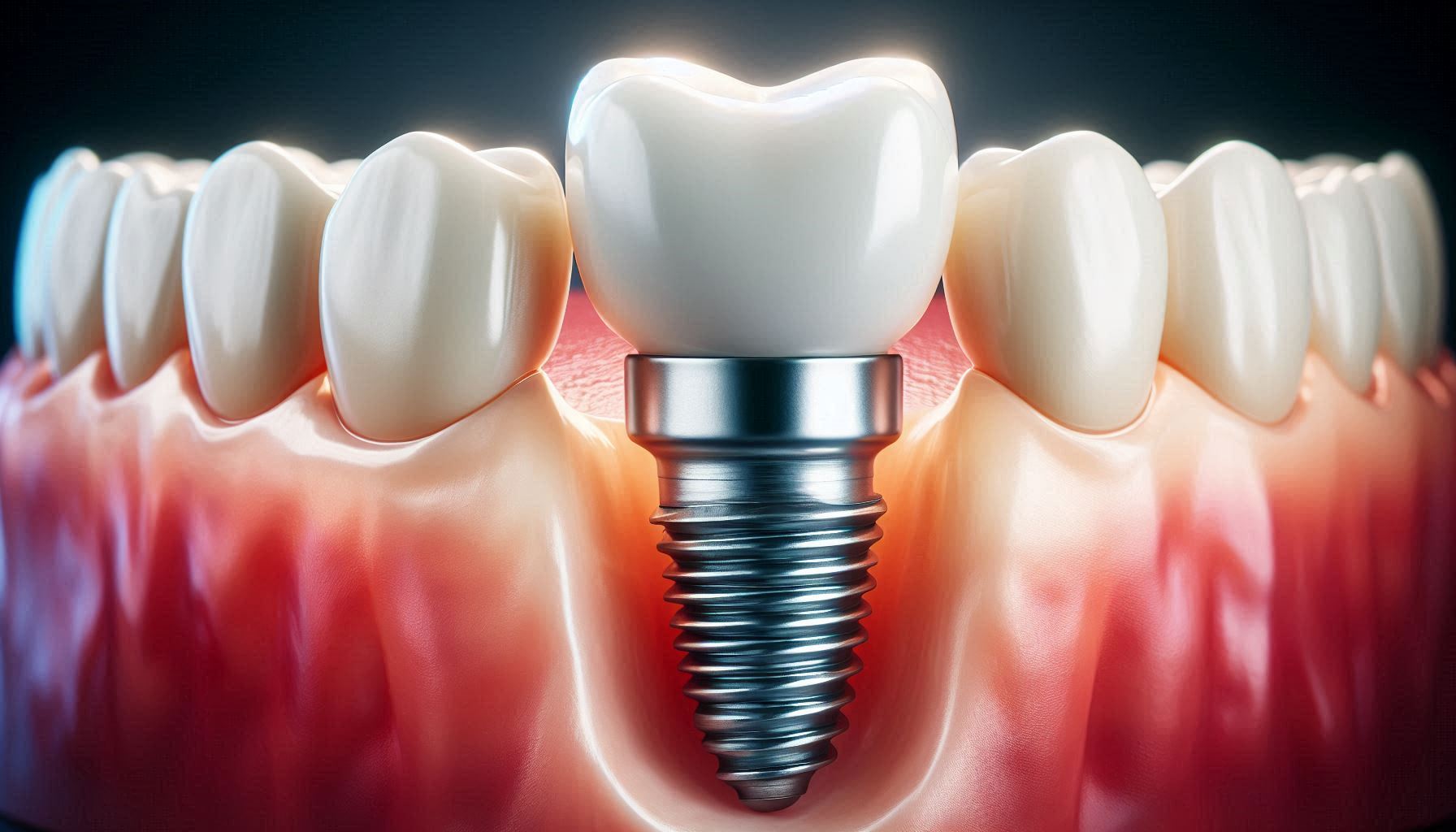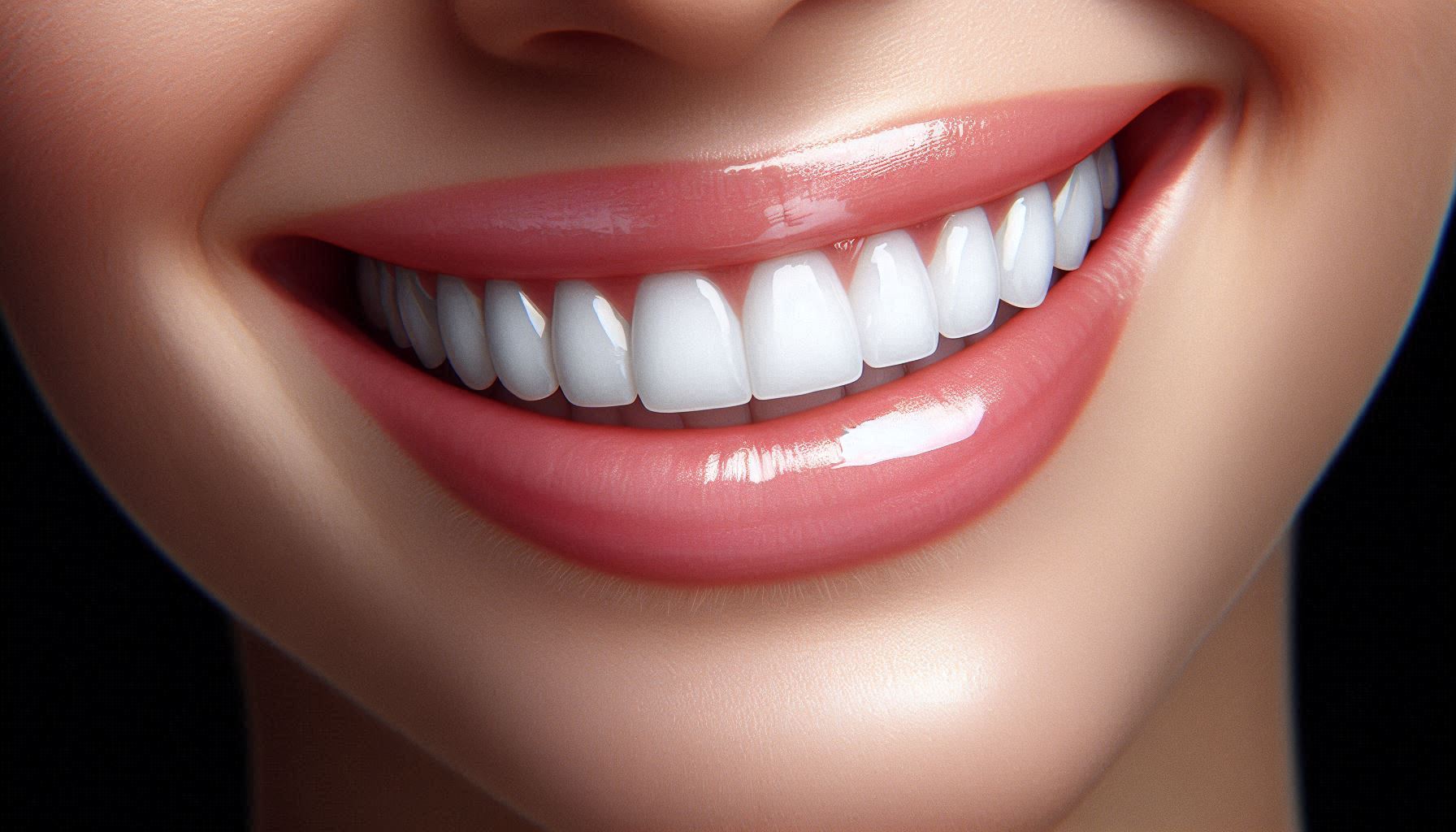Dental implants represent a significant advancement in restorative dentistry, offering a strong and visually appealing solution for individuals experiencing tooth loss. Unlike traditional dentures or bridges, which can shift or require alterations to neighboring teeth, implants provide a stable and permanent option. They consist of titanium posts surgically inserted into the jawbone, serving as artificial tooth roots that integrate with the bone over time. This integration, known as osseointegration, ensures durability and functionality similar to natural teeth.
The aesthetic appeal of dental implants is another key benefit, as they are custom-made to match the color and shape of existing teeth, resulting in a seamless smile. Additionally, implants help maintain jawbone health by providing the necessary stimulation that prevents bone loss. This makes them not only a practical choice for restoring chewing and speaking abilities but also a vital component of long-term oral health. Overall, dental implants are a reliable option for those seeking a lasting solution for missing teeth, enhancing both functionality and appearance.
What Are Dental Implants?
Dental implants are artificial tooth roots designed to provide a permanent base for fixed or removable replacement teeth. They are typically composed of biocompatible materials, such as titanium, which allows for integration with the jawbone. This integration occurs through a biological process known as osseointegration, making implants a durable and stable solution for missing teeth.
Components of Dental Implants
The dental implant system consists of three main components:
- Implant Post: This is the part that is surgically inserted into the jawbone. It serves as the foundation for the replacement tooth.
- Abutment: A small connector that attaches to the implant post and holds the crown (the visible part of the tooth).
- Crown: The artificial tooth that is custom-made to fit your mouth, usually crafted from porcelain or ceramic to match the color of natural teeth.
How Do Dental Implants Work?
The dental implant process involves several critical steps:
1. Initial Consultation
The journey begins with a comprehensive consultation, during which your dentist assesses your oral health. This evaluation may include:
- Medical History Review: Understanding any underlying health issues, medications, or conditions that could affect the implant process.
- Oral Examination: Checking for gum disease, tooth decay, or other oral health concerns.
- Imaging Tests: X-rays or 3D imaging to evaluate the jawbone structure and density.
2. Surgical Placement
The next step is the surgical placement of the implant. This procedure typically occurs in a dental office and may involve:
- Anesthesia: Local anesthesia is used to numb the area. Sedation may be provided for patients who experience anxiety or discomfort.
- Implant Insertion: The dentist makes an incision in the gum tissue, drills into the jawbone, and inserts the implant post. The site is then closed with stitches.
3. Healing Period
After placement, a healing period is required for osseointegration, which can take several months. During this time:
- Bone Growth: The jawbone grows around the implant, anchoring it securely in place.
- Follow-Up Appointments: Regular check-ups may be scheduled to monitor the healing process.
4. Abutment Placement
Once osseointegration is complete, a second minor surgical procedure is performed to place the abutment:
- Abutment Attachment: The gum tissue is reopened, and the abutment is connected to the implant post. The gums are then stitched around the abutment.
5. Crown Fabrication
The final step involves creating a custom crown:
- Impressions: Detailed impressions of your mouth are taken to design a crown that matches the size, shape, and color of your natural teeth.
- Crown Placement: Once the crown is fabricated, it is securely attached to the abutment, completing the restoration.
Benefits of Dental Implants
Dental implants offer numerous advantages over other tooth replacement options, such as dentures or bridges. Here are some of the key benefits:
- Natural Appearance and Functionality: Implants are designed to look, feel, and function like natural teeth. They restore both aesthetics and chewing ability, allowing patients to eat and speak without discomfort or self-consciousness.
- Bone Preservation: One of the significant advantages of dental implants is their ability to stimulate the jawbone. When teeth are lost, the underlying bone may deteriorate over time due to lack of stimulation. Implants provide the necessary pressure to maintain bone density and prevent further loss.
- Longevity and Durability: With proper care, dental implants can last many years, often a lifetime. Unlike bridges or dentures, which may require replacement or adjustment over time, implants offer a stable, long-term solution.
- Convenience: Implants eliminate the need for messy adhesives or dietary restrictions associated with dentures. They can be cared for just like natural teeth, requiring regular brushing, flossing, and dental check-ups.
- Improved Oral Health: Since dental implants do not require alteration of adjacent teeth, they help maintain the integrity of your natural smile. This feature contributes to overall oral health and stability.
Potential Drawbacks
While dental implants have many benefits, they also come with certain drawbacks and considerations:
- Cost: The initial cost of dental implants can be higher than other restorative options. However, considering their durability and longevity, they may be more cost-effective over time.
- Surgical Risks: As with any surgical procedure, there are risks involved, including:
- Infection: Potential for infection at the implant site.
- Nerve Damage: Injury to surrounding nerves, which can lead to numbness or pain.
- Sinus Issues: In the case of upper jaw implants, they may protrude into sinus cavities, requiring special consideration.
- Healing Time: The healing process for osseointegration can take several months, which may be inconvenient for some patients. Patience is essential during this period.
- Bone Density Requirements: Successful placement of dental implants requires adequate jawbone density. Patients with significant bone loss may need additional procedures, such as bone grafting, to build up the bone before implant placement.
- Maintenance and Care: While dental implants are durable, they require the same level of oral hygiene as natural teeth. Failure to maintain proper care can lead to complications like peri-implantitis, an infection around the implant.
Are Dental Implants Right for You?
Determining if dental implants are the right solution involves evaluating several factors:
- Oral Health Status: Good oral health is crucial for successful implant placement. Factors to consider include:
- Gum Health: Healthy gums are essential to support the implant.
- Bone Density: Sufficient bone must be present to anchor the implant securely.
- Medical History: Certain medical conditions, such as uncontrolled diabetes or autoimmune diseases, may affect the healing process. Discussing your medical history with your dentist is vital.
- Lifestyle Considerations: Lifestyle choices, such as smoking, can impact the success of dental implants. Smoking has been linked to a higher risk of implant failure due to impaired healing.
- Financial Considerations: Understanding the cost of dental implants and exploring financing options is important. Some dental insurance plans may cover a portion of the cost, while others may not.
- Personal Preferences: Consider your comfort level with surgical procedures and your long-term dental health goals.
- Consultation with a Dentist: The most crucial step in your decision-making process is to consult with a qualified dental professional. They will perform a thorough evaluation, discuss potential benefits and risks, and help you make an informed choice tailored to your individual needs.
Alternatives to Dental Implants
If dental implants are not the right fit for you, several alternatives are available:
- Dental Bridges: Bridges involve anchoring artificial teeth to adjacent natural teeth. While they can effectively replace missing teeth, they require alteration of the supporting teeth and may not provide the same bone-preserving benefits as implants.
- Dentures: Full or partial dentures are removable prosthetic devices used to replace missing teeth. While they are more affordable upfront, they may require adjustments over time and can be less stable than implants.
- Resin-Bonded Bridges: These bridges are used for front teeth replacements and involve bonding the prosthetic tooth to adjacent teeth with minimal alteration. They offer a conservative approach but may not be suitable for all situations.
Conclusion
Dental implants represent a significant advancement in restorative dentistry, offering a durable, effective, and aesthetically pleasing solution for those with missing teeth. While they come with several advantages, including natural appearance, functionality, and long-term durability, potential drawbacks must also be considered.
If you’re contemplating dental implants, it’s essential to consult with a qualified dental professional who can evaluate your unique situation and help you determine the best course of action for your oral health. With the right information and guidance, you can make an informed decision about whether dental implants are the right choice for you, ensuring a healthier, more confident smile for years to come.
SOURCES
Adell, R., Eriksson, B., Lekholm, U., & Brånemark, P.-I. (1981) – A Long-Term Follow-Up Study of Osseointegrated Implants in the Treatment of the Edentulous Jaw. International Journal of Oral and Maxillofacial Implants, 1(2), 77-85.
Misch, C. E. (2008) – Dental Implantology: Principles and Practice. St. Louis: Elsevier.
Buser, D., & Witzig, A. (2010) – Clinical and Biological Aspects of Bone Regeneration. Dental Clinics of North America, 54(4), 501-512.
Zitzmann, N. U., & Marinello, C. P. (2005) – Treatment Outcomes with Dental Implants: A Review. Periodontology 2000, 37(1), 169-185.
Raghavendra, S., & Gopinath, K. (2019) – A Review of Dental Implant Failure and Its Causes. Journal of Oral Biology and Craniofacial Research, 9(4), 383-388.
HISTORY
Current Version
October 16, 2024
Written By:
SUMMIYAH MAHMOOD




